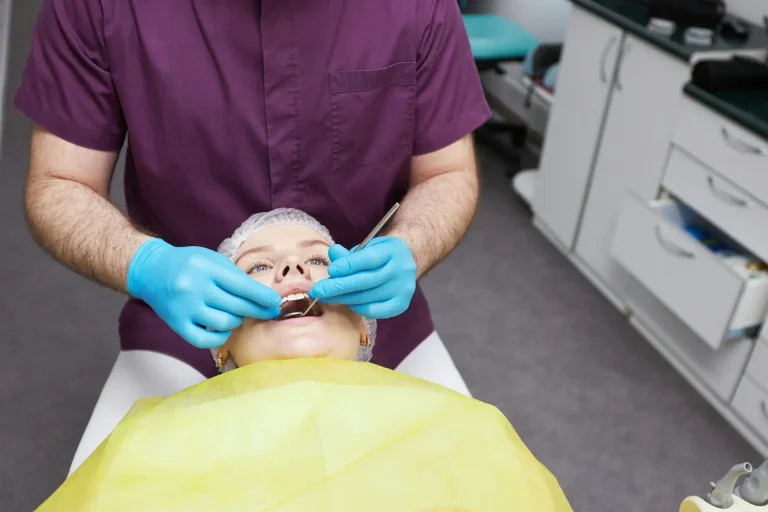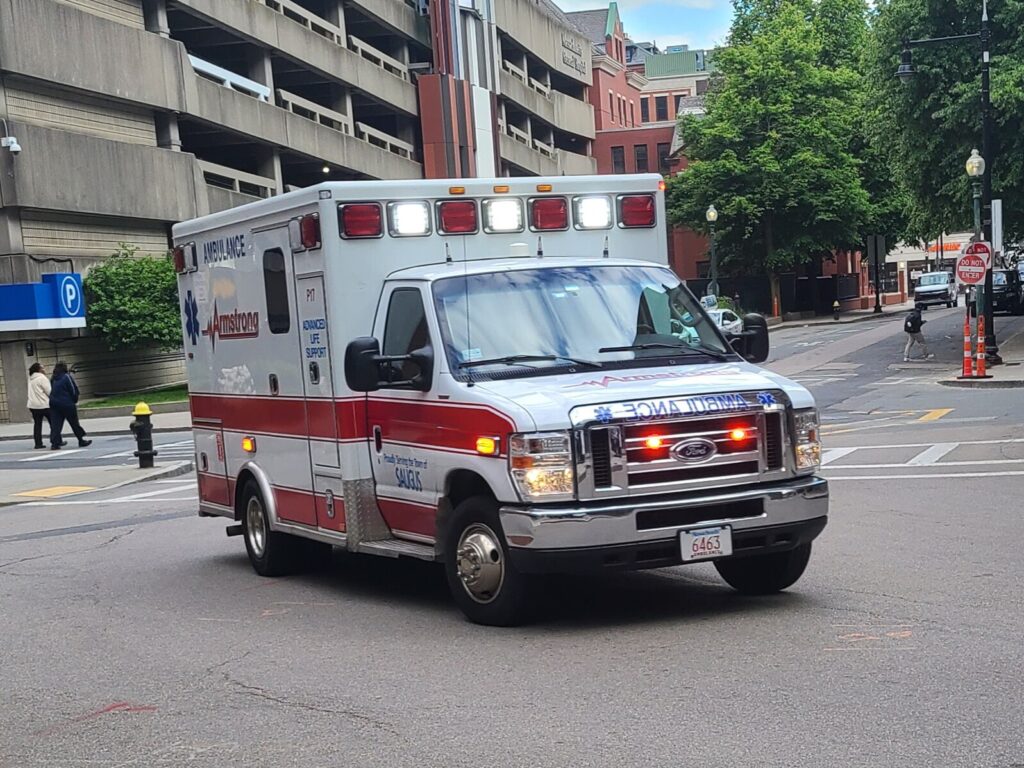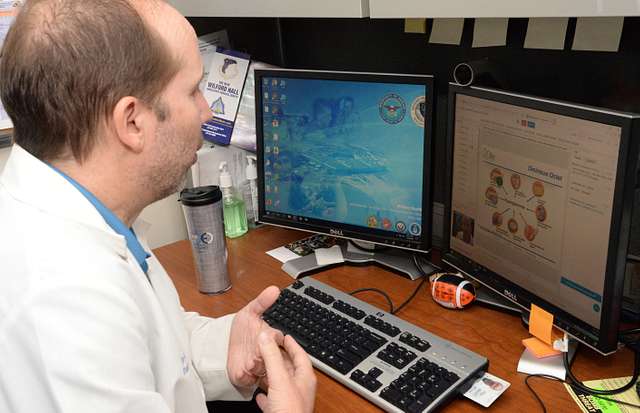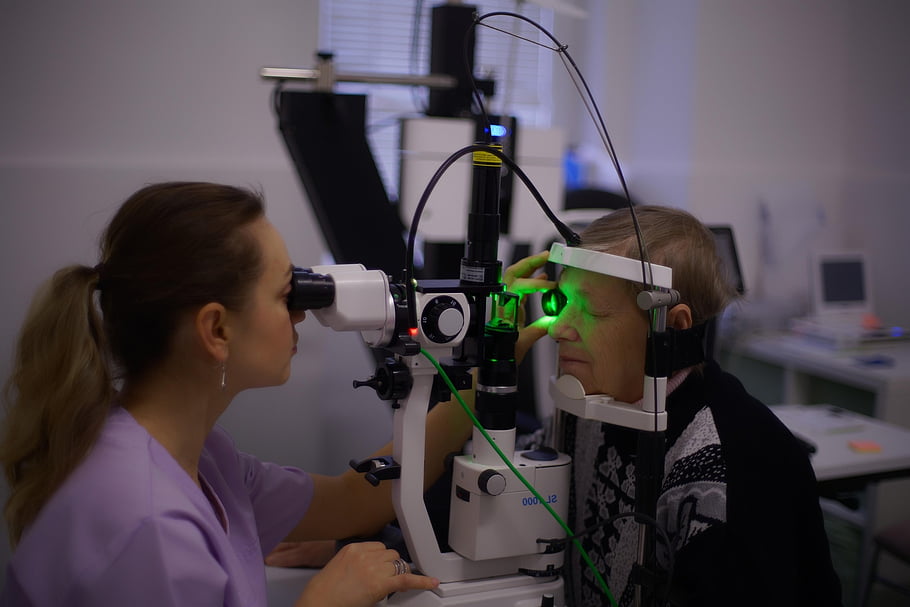In an ever-evolving healthcare landscape, you might think you have the full picture of what’s coming down the pipeline—until you don’t. Medicaid, the safety net millions rely on, is facing cuts that could catch even the most savvy among us off guard. Beyond the headlines and the political noise, these changes are poised to affect everything from your neighbor’s prescription medication to the very fabric of your community’s health services. Let’s dive into these looming cuts and uncover what they might mean for you and those you care about.
1. Prescription Drug Coverage Reductions

Imagine standing in line at the pharmacy, clutching your prescription, only to be told that your medication is no longer covered. That’s a reality many Medicaid recipients may soon face as states seek to trim costs by limiting drug coverage. According to Dr. Sarah Smith, a healthcare policy analyst at the Kaiser Family Foundation, “These reductions can make life-saving medications inaccessible to the most vulnerable populations.” The emotional and physical toll of inaccessible medication is a reality many will be forced to grapple with.
For a society that prides itself on progress, leaving people without essential meds feels like a step back. You might know someone who’s already choosing between groceries and prescriptions. When policy decisions prioritize budgets over bodies, it’s not just a financial issue; it’s a moral one. The ripple effect on public health will be hard to ignore, impacting not only individuals but entire communities.
2. Limitations On Preventive Services

When was the last time you went in for a routine check-up? Regular preventive services are going the way of the dinosaurs for many Medicaid recipients. As states contend with budget constraints, cutting back on preventive care seems like a quick fix. Yet, this decision might cost more in the long run when untreated health issues turn into crises.
Preventive care isn’t just about catching problems early; it’s about maintaining a baseline of health and wellness. The absence of such services raises a question: What happens when minor ailments become major due to neglect? The emotional burden of untreated illness resonates beyond the individual, affecting families and entire communities. It’s a stark reminder that penny-pinching in healthcare can lead to pounds of pain elsewhere.
3. Cuts To Mental Health Services

If you’ve ever fought the invisible battle against anxiety or depression, you know that mental health services can be a lifeline. Yet, with looming Medicaid cuts, access to these vital resources is at risk. According to a study published in the Journal of Health Economics, reduced funding for mental health programs often leads to increased emergency room visits, exacerbating the financial strain on healthcare systems and patients alike. Losing access to therapy or medication can feel devastating, as if the rug has been pulled from beneath you just when you found your footing.
Mental health isn’t just about surviving; it’s about living life fully and authentically. The irony of cutting mental health services is that it often results in higher costs elsewhere, such as increased hospitalizations and loss of productivity. The emotional fallout extends beyond the individual, impacting relationships, employment, and quality of life. It’s a harsh reminder that mental health is as crucial as physical health, deserving of equal support and funding.
4. Reduction In Home Health Care Services

Imagine the challenge of managing daily life without the support of home health aides. For many Medicaid beneficiaries, these services are crucial for maintaining independence and dignity. As states eye reductions in home health care funding, the impact will be felt most by the elderly and disabled, who rely on consistent, compassionate care. The emotional toll of losing this support can be devastating, leading to feelings of isolation and helplessness.
Home health services aren’t just about assistance with tasks; they’re about preserving quality of life. The absence of such services can lead to increased hospitalizations and a higher burden on family caregivers. It’s a stark reality that many may find themselves unprepared for, highlighting the critical role these services play in the broader healthcare landscape. As cuts loom, the question remains: how do we prioritize care for those who need it most?
5. Child Health Program Reductions

When it comes to children’s health, every parent knows the importance of a strong start. However, with looming Medicaid cuts, the Children’s Health Insurance Program (CHIP) is in jeopardy. According to the American Academy of Pediatrics, reductions in CHIP funding could lead to gaps in essential care, including vaccinations and routine check-ups. This reality leaves parents with an unsettling question: What happens when the safety net for our kids frays?
Childhood is a critical time for health interventions that can last a lifetime. While budget cuts may seem like a distant concern, they have immediate and profound impacts on children’s development and well-being. The emotional and physical implications of reduced healthcare for kids extend far beyond the present, potentially impacting their futures. A society that doesn’t invest in its children’s health is a society that compromises its future.
6. Elimination Of Dental Coverage

Think back to your last dental check-up. Now, imagine being told that dental coverage is no longer part of your healthcare package. For many on Medicaid, this could soon be the case as dental services are frequently among the first to face cuts. The idea of having to forgo regular cleanings or important dental procedures is unsettling and, frankly, quite scary.
Dental health is more than just a bright smile; it’s a key component of overall health. Without access to preventive care, minor issues can quickly escalate into major health problems. The emotional distress of untreated dental issues can lead to more significant health concerns, affecting everything from nutrition to self-esteem. As states reconsider their budget priorities, one has to wonder about the hidden costs of such cuts.
7. Reduced Access To Specialist Care

Ever been referred to a specialist and felt a wave of relief knowing expert help was on the way? That feeling might become a rarity for those reliant on Medicaid, as cuts are poised to limit access to specialist care. A report by the National Association of Medicaid Directors highlights that reduced specialist access often results in longer wait times and increased emergency room visits, both of which strain the system and the patient. It’s not just an inconvenience; it’s a potential health hazard.
Specialist care is crucial for diagnosing and managing complex health conditions. The inability to access such care can lead to misdiagnosis or delayed treatment, exacerbating health issues. The emotional and physical toll of not knowing when or if you’ll receive the care you need is profound. It’s a harsh reminder that while primary care is essential, specialist care is equally vital for comprehensive health management.
8. Transportation Services Cuts

Consider the logistics of getting to a doctor’s appointment without reliable transportation. For many on Medicaid, transportation services are a lifeline to health care access. Yet with proposed budget cuts, these services might be significantly reduced or eliminated altogether. The result is a barrier that seems almost insurmountable for those who depend on public transport or ride services to get to medical appointments.
Without reliable transportation, even the simplest doctor’s visit becomes a monumental task. The lack of access to transportation can lead to missed appointments, delayed treatments, and ultimately, worsened health outcomes. It’s not just a logistical issue; it’s a profound health equity problem that exacerbates existing disparities. When transportation isn’t prioritized, it becomes evident just how intertwined every aspect of healthcare access truly is.
9. Inpatient Care Limitations

Picture a hospital stay, not as a place of healing, but as a battleground where coverage is shrinking. Inpatient care is under threat from Medicaid cuts, meaning shorter stays and reduced services. This isn’t just a financial calculation; it’s a life-altering change for those in critical need of care. The emotional burden of knowing your time in a hospital is limited can weigh heavily on patients and families alike.
Inpatient care is often where the most intensive and immediate treatments occur. Limiting access to such care can lead to premature discharges and the risk of complications arising post-hospitalization. The emotional and physical impact of these cuts can’t be understated, as they challenge the very structure of our healthcare system. As resources dwindle, the question looms: how do we ensure comprehensive care for those who need it most?
10. Decreased Funding For Long-Term Care Facilities

Imagine a world where long-term care facilities struggle to keep their doors open. As Medicaid cuts loom, decreased funding for these essential services is becoming a stark reality. This reduction threatens the quality and availability of care for seniors and individuals with disabilities who rely on these facilities. The emotional fallout of losing a trusted care environment can be devastating for residents and their families.
Long-term care facilities aren’t just places where people reside; they’re communities that offer support and stability. Cuts to funding threaten to undermine the quality of care, leading to staff shortages and reduced services. The ripple effect of these cuts can lead to increased hospitalizations and a higher burden on family caregivers. As the debate over budget priorities continues, it’s crucial to consider the value these facilities add to both individuals and society as a whole.
11. Scaled Back Telehealth Services

Remember the convenience of a telehealth appointment during a chaotic time? That lifeline may soon become frayed for Medicaid recipients as funding for telehealth services faces cuts. What was once a widely praised solution for expanding access is now being reconsidered. The loss of telehealth’s convenience and efficiency can be a significant blow to those who’ve relied on it as a primary means of care.
Telehealth has revolutionized the way many access medical care, breaking down barriers of distance and mobility. The scaling back of these services may force those in rural or underserved areas to face significant hurdles in accessing timely care. The emotional and logistical burden of losing telehealth is a reality that many may find unsettling. As we navigate the complexities of healthcare access, the role of technology in providing care remains more crucial than ever.
12. Reductions In Reproductive Health Services

The conversation around reproductive health services is fraught with emotion and complexity, and Medicaid cuts threaten to make access even more difficult. For many, Medicaid is a primary source of reproductive healthcare, including family planning and screenings. The potential reduction in these services is not just a policy change; it’s a deeply personal affront to bodily autonomy. The emotional and physical consequences of reduced access are profound and far-reaching.
Reproductive health is an essential component of overall health and well-being. Limiting access to these services can lead to increased rates of unintended pregnancies and untreated health conditions. The emotional toll on individuals who lose access to reproductive healthcare can ripple through communities, affecting families and futures. In navigating the delicate landscape of reproductive rights, ensuring access to comprehensive care remains a pivotal concern.
13. Vision And Hearing Care Eliminations

Take a moment to consider the simple act of seeing clearly or hearing precisely, and then imagine losing that ability due to a lack of coverage. Medicaid cuts are threatening to eliminate vision and hearing care, services that many take for granted. The absence of these essential services can have far-reaching implications on one’s quality of life, affecting everything from education to employment. The emotional weight of losing such fundamental aspects of care is undeniable.
Vision and hearing are critical components of effective communication and interaction with the world. The elimination of these services can lead to significant barriers in personal and professional settings. The emotional and practical challenges of untreated vision and hearing issues underscore the importance of comprehensive healthcare coverage. As we face these potential cuts, it’s clear that maintaining access to these services is crucial for fostering an inclusive and equitable society.
This article is for informational purposes only and should not be construed as financial advice. Consult a financial professional before making investment or other financial decisions. The author and publisher make no warranties of any kind.








